Refine search
Actions for selected content:
96 results in Numerical analysis and computational science
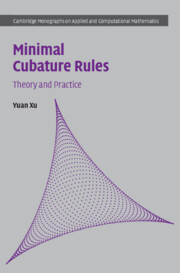
Minimal Cubature Rules
- Theory and Practice
- Coming soon
-
- Expected online publication date:
- November 2025
- Print publication:
- 30 November 2025
-
- Book
- Export citation

An Introduction to Immersed Boundary Methods
- Coming soon
-
- Expected online publication date:
- October 2025
- Print publication:
- 31 October 2025
-
- Book
- Export citation
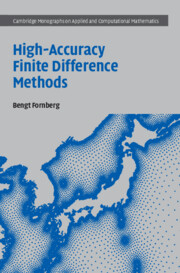
High-Accuracy Finite Difference Methods
-
- Published online:
- 16 May 2025
- Print publication:
- 05 June 2025
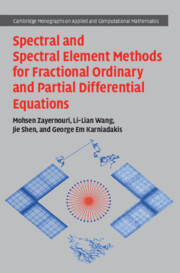
Spectral and Spectral Element Methods for Fractional Ordinary and Partial Differential Equations
-
- Published online:
- 31 October 2024
- Print publication:
- 14 November 2024
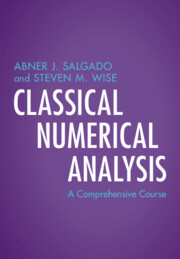
Classical Numerical Analysis
- A Comprehensive Course
-
- Published online:
- 29 September 2022
- Print publication:
- 20 October 2022
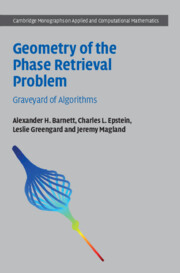
Geometry of the Phase Retrieval Problem
- Graveyard of Algorithms
-
- Published online:
- 21 April 2022
- Print publication:
- 05 May 2022
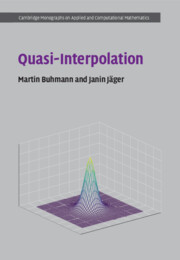
Quasi-Interpolation
-
- Published online:
- 24 February 2022
- Print publication:
- 03 March 2022
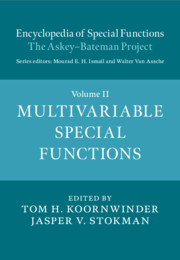
Encyclopedia of Special Functions: The Askey-Bateman Project
-
- Published online:
- 30 September 2020
- Print publication:
- 15 October 2020
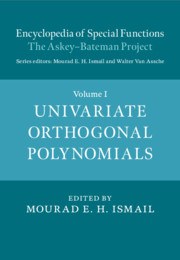
Encyclopedia of Special Functions: The Askey-Bateman Project
-
- Published online:
- 14 September 2020
- Print publication:
- 17 September 2020
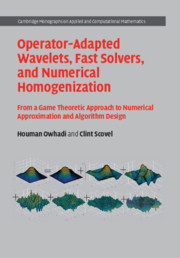
Operator-Adapted Wavelets, Fast Solvers, and Numerical Homogenization
- From a Game Theoretic Approach to Numerical Approximation and Algorithm Design
-
- Published online:
- 10 October 2019
- Print publication:
- 24 October 2019
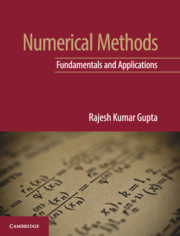
Numerical Methods
- Fundamentals and Applications
-
- Published online:
- 26 April 2019
- Print publication:
- 09 May 2019
-
- Textbook
- Export citation
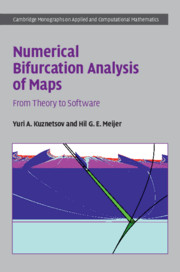
Numerical Bifurcation Analysis of Maps
- From Theory to Software
-
- Published online:
- 15 March 2019
- Print publication:
- 28 March 2019
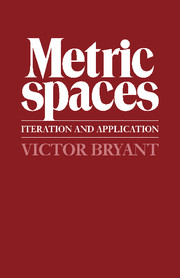
Metric Spaces
- Iteration and Application
-
- Published online:
- 12 October 2018
- Print publication:
- 02 May 1985
-
- Textbook
- Export citation
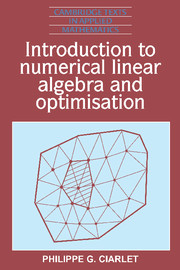
Introduction to Numerical Linear Algebra and Optimisation
-
- Published online:
- 12 October 2018
- Print publication:
- 25 August 1989
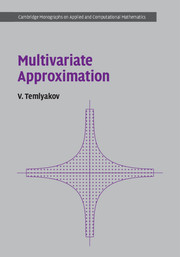
Multivariate Approximation
-
- Published online:
- 06 July 2018
- Print publication:
- 19 July 2018
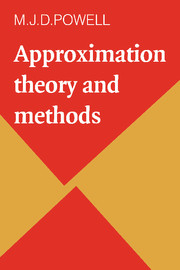
Approximation Theory and Methods
-
- Published online:
- 28 May 2018
- Print publication:
- 31 March 1981
-
- Textbook
- Export citation
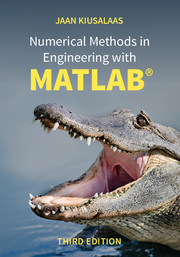
Numerical Methods in Engineering with MATLAB®
-
- Published online:
- 28 May 2018
- Print publication:
- 20 October 2015
-
- Textbook
- Export citation
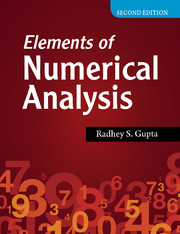
Elements of Numerical Analysis
-
- Published online:
- 28 May 2018
- Print publication:
- 14 May 2015
-
- Textbook
- Export citation
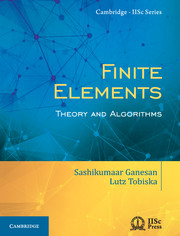
Finite Elements
- Theory and Algorithms
-
- Published online:
- 14 December 2017
- Print publication:
- 16 March 2017
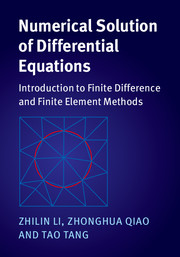
Numerical Solution of Differential Equations
- Introduction to Finite Difference and Finite Element Methods
-
- Published online:
- 17 November 2017
- Print publication:
- 30 November 2017
